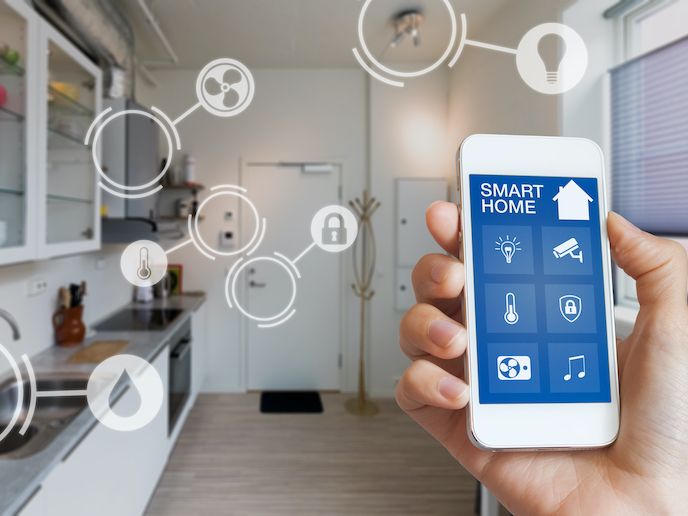Cloud-based GPS/GNSS tracks locations using a tiny amount of power
Most geolocation solutions are based on processing wireless positioning signals sent between nodes of known location and an object of unknown location. The integrated circuit components involved consume much power. Unlike rechargeable consumer devices (like smartphones or tablets), this approach does not work for IoT devices intended to function for extended periods without a battery charge or swap out. In addition, the need for multiple chips and associated circuitry demands a form factor that may not be suitable for many IoT implementations.
A hybrid software approach
The EU-funded Nestwave(opens in new window) project supported a France-based company of the same name in developing low-power geolocation solutions for the IoT that help overcome the power, size and cost challenges associated with location components. Nestwave’s geolocation solutions differ in three ways: how signals are being used, where the processing occurs and how the processing is performed. “Our low-power geolocation solutions rely on various location sources: GPS/GNSS, Wi-Fi and 4G/5G. The signal diversity improves accuracy, especially in challenging environments,” notes Ambroise Popper, Vice President and General Manager at NextNav(opens in new window), a company that has recently acquired Nestwave. Nestwave’s solution is based on adding positioning functionality to existing cellular IoT chipsets by implementing a GPS/GNSS receiver as a software IP. The software uses the chip’s existing radio and computing capabilities, eliminating the need for an external GPS/GNSS chipset. It is also compatible with existing devices, eliminating the need for any system redesign. Signal processing is split between the device and Nestwave’s Cloud. Popper explains that Nestwave’s efficient algorithms offload to the Cloud some complex, energy-intensive computation that has been traditionally performed on the devices. “The combination of the embedded software IP and the Cloud is a real breakthrough in the IoT geolocation landscape, which further improves performance and reduces power consumption compared to conventional hardware-based designs,” adds Popper.
Nestwave technology in action
Nestwave’s technology has already been integrated into a variety of chip architectures and on various state-of-the-art digital signal processing/central processing unit cores. Sequans Communications, a leading global provider of 5G/4G cellular IoT connectivity solutions, has selected Nestwave to add GNSS positioning to the Sequans Monarch 2 LTE-M/NB-IoT platform. The Nestwave GNSS solution offers Sequans’ IoT customers accurate positioning with ultra-low power consumption while minimising component count, cost and size. As reported in the company’s press release(opens in new window), this makes the Sequans platform ideal for various intermittent tracking use cases. These include car, bike, scooter, and other personal asset trackers, logistics and fleet trackers, etc. One of the first end products designed using Nestwave’s technology has been the award-winning Invoxia dog tracker(opens in new window). The French company is one of Sequans’ first customers to adopt the new GNSS feature of Monarch 2 instead of using an external GNSS chip. Nestwave has also collaborated with SAMEA Innovation to create ThinTrack(opens in new window), a thin, reusable logistics tracker with a multi-year battery life. The ThinTrack GPS tracker combines an LTE-M/NB-IoT modem, antenna, battery, SIM, sensors and other electronics into a lightweight device. Applications include monitoring shipments and messages, where precise location was previously impossible. Power management and battery life could make or break the value proposition of many IoT use cases once and for all. The advanced signal processing techniques and cloud architecture introduced by Nestwave optimise signal accuracy, minimise signal acquisition, which translates to significant device power savings.







